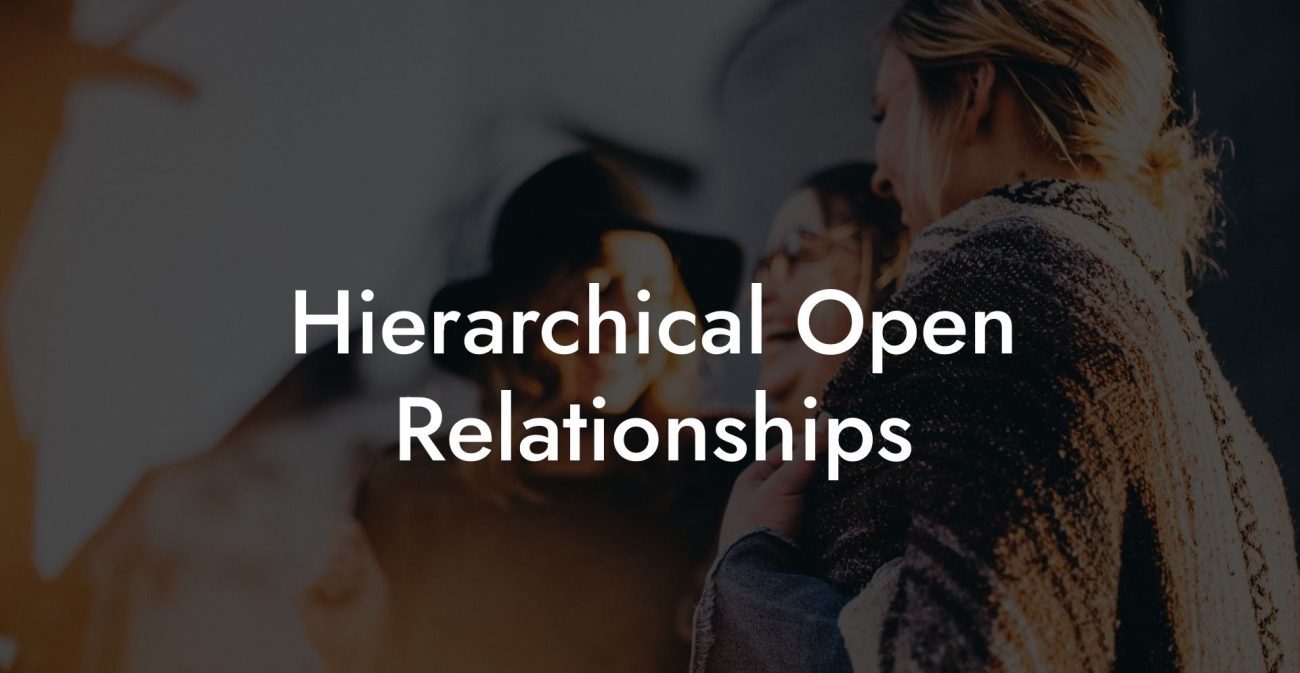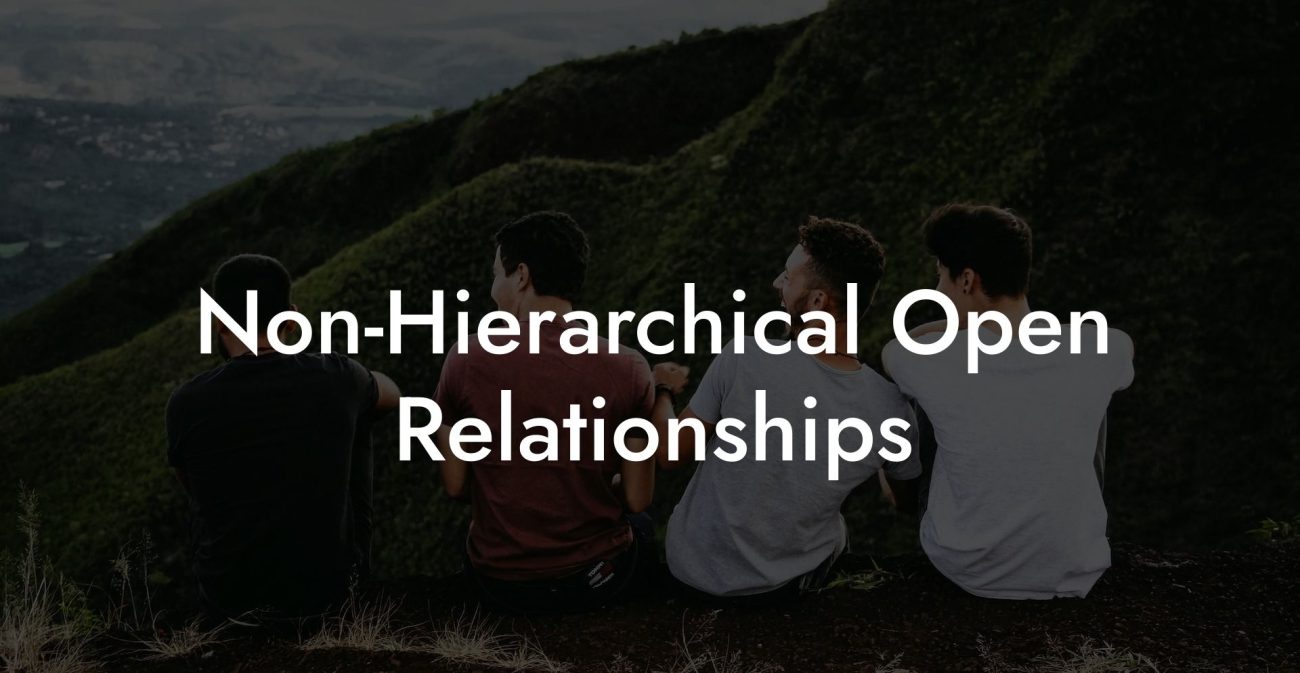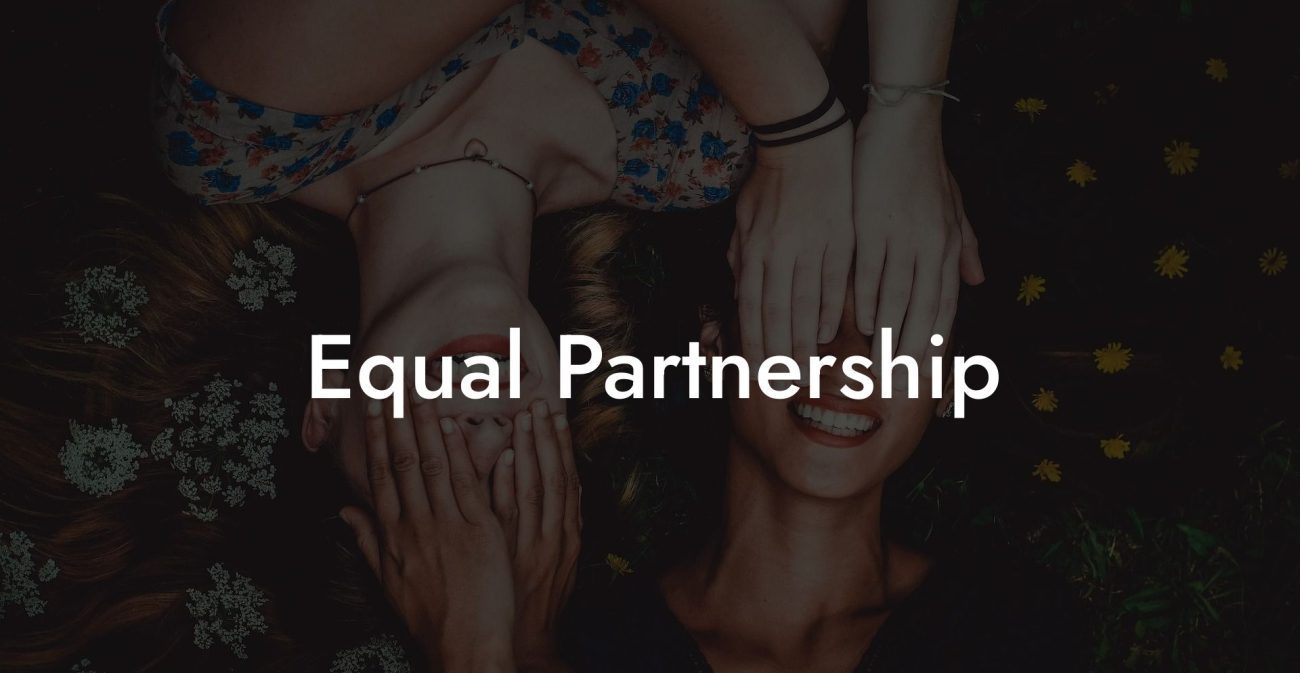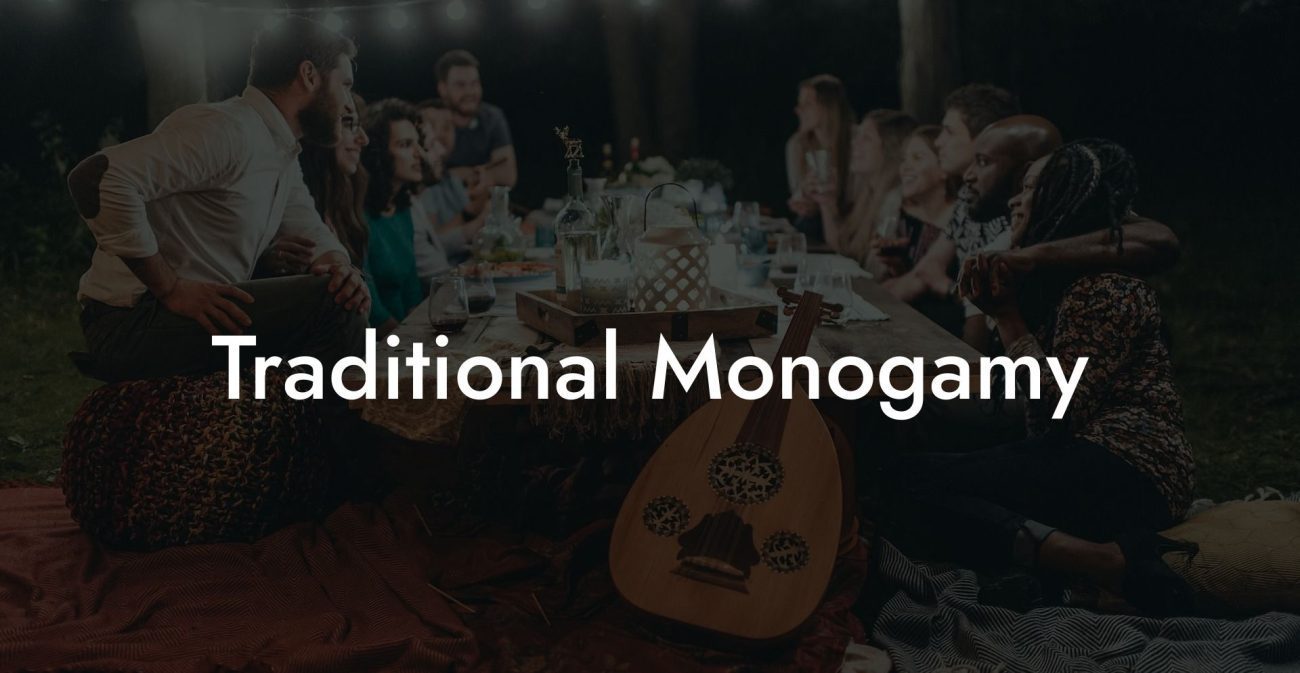How To Explain Polyamory To A Monogamous Person
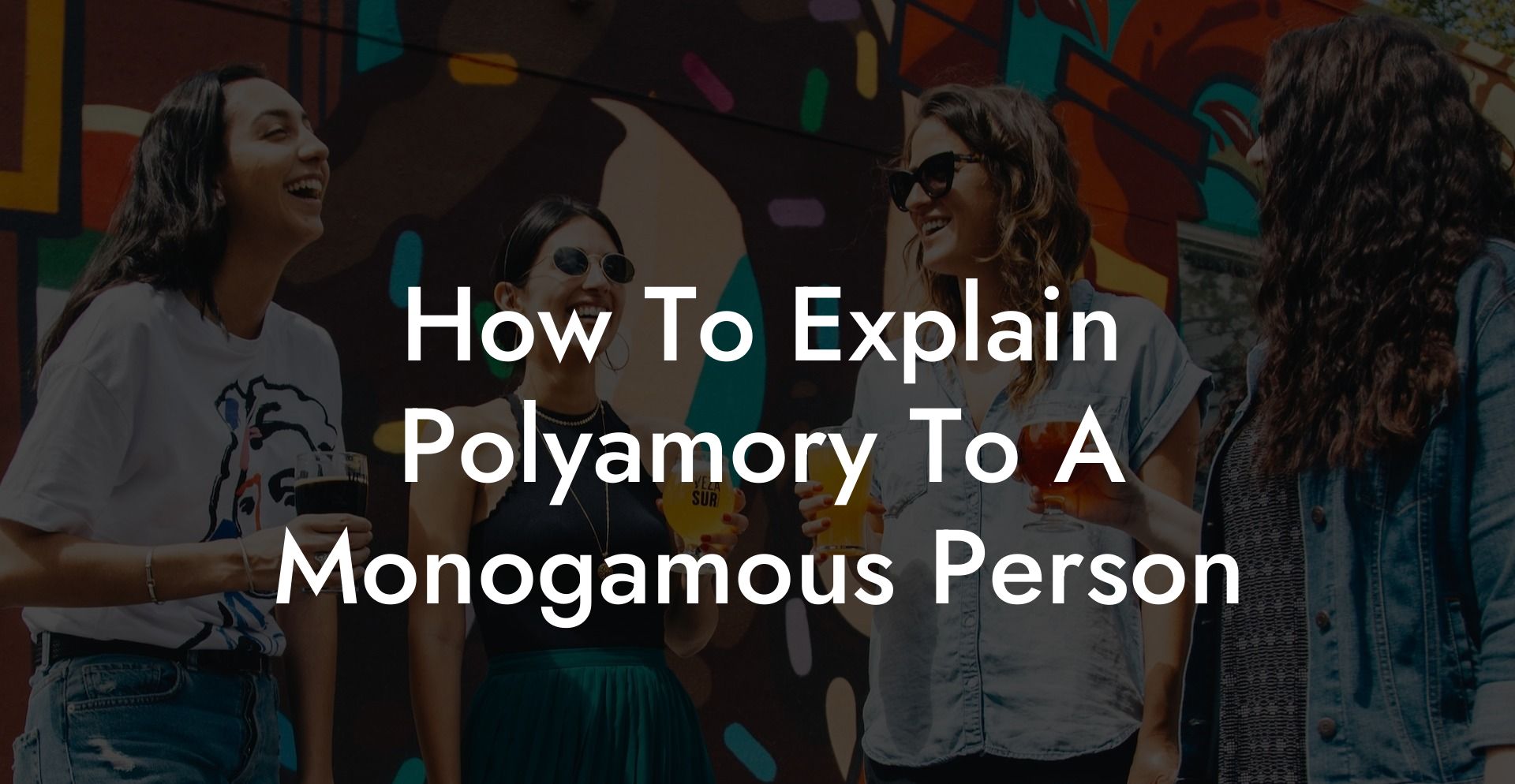
In a world where relationship models are as diverse as the people who experience them, explaining polyamory to someone raised on monogamous values can feel like trying to describe an entire galaxy using only a flashlight. If you’ve ever wondered, “How do I explain polyamory to a monogamous person?” you’re not alone. This guide is designed to help you break down the concepts, debunk common misconceptions, and offer practical communication strategies, all while keeping things respectful, clear, and engaging. Whether you’re discussing your own lifestyle or simply helping someone understand a different perspective, this comprehensive guide will equip you with the tools you need to bridge the gap between polyamory and monogamy.
Quick Links to Useful Sections
- Understanding Polyamory
- Understanding Monogamy
- Bridging the Gap: How to Explain Polyamory to a Monogamous Person
- Communication Techniques for Effective Explanation
- Addressing Common Misconceptions
- Myth 1: Polyamory Means No Commitment
- Myth 2: Polyamorous People are Unethical or Selfish
- Myth 3: Polyamory is Just a Trend
- Myth 4: Polyamory Diminishes the Value of Love
- Benefits of Explaining Polyamory Effectively
- Tailoring Your Explanation to Your Audience
- Examples and Anecdotes
- Practical Tips for Explaining Polyamory
- FAQ: How to Explain Polyamory to a Monogamous Person
- Resources and Community Support
Understanding Polyamory
Polyamory is the practice of engaging in multiple romantic or sexual relationships simultaneously, with the full, informed consent of everyone involved. Unlike infidelity or casual dating, polyamory is rooted in ethical non-monogamy, where every connection is built on open communication, clear boundaries, and mutual respect. It’s about embracing the idea that love isn’t a limited resource and that you can share meaningful connections with more than one person at a time.
At its core, polyamory challenges the traditional notion that romantic love must be exclusive. Instead, it celebrates the possibility of diverse emotional fulfillment and the idea that different relationships can meet different needs. Some individuals find that each relationship offers a unique kind of intimacy, whether it’s intellectual stimulation, sexual chemistry, or deep emotional support. The beauty of polyamory lies in its flexibility, it allows people to craft relationship networks that are tailored to their individual personalities and lifestyles.
However, polyamory is often misunderstood. Common misconceptions include the idea that polyamorous people are “committed to everyone” or that they are unable to form deep, meaningful bonds. In reality, many polyamorous individuals maintain a strong primary relationship while also nurturing other connections. The key is ethical practice: ensuring that all partners are aware of and consent to the relationship dynamics.
Understanding Monogamy
Monogamy, on the other hand, is the traditional relationship model where two people commit exclusively to one another. It is built on the expectation of singular, undivided emotional and physical intimacy, often leading to deep, stable partnerships. Many monogamous people value the simplicity, predictability, and security that comes with focusing all their emotional energy on one partner.
For those who have grown up with monogamy as the cultural norm, concepts like “exclusive love” and “long-term commitment” are deeply ingrained. Monogamous relationships often emphasize a singular emotional bond and a clear division between “us” and “the rest of the world.” This can make it challenging to understand polyamory, where the boundaries of love and commitment are much more fluid.
Bridging the Gap: How to Explain Polyamory to a Monogamous Person
When it comes to explaining polyamory to someone who is monogamous, the key is to find common ground. Begin by acknowledging that both polyamorous and monogamous relationships share the same fundamental goal: the desire for connection, intimacy, and mutual support. Emphasize that polyamory is simply another way of achieving these goals, one that allows for multiple, consensual relationships rather than a single, exclusive partnership.
Start by discussing the concept of love as an expansive resource. You might say, “Imagine love is like sunlight. Just as one plant doesn’t take away the sunlight available for another, having more than one relationship doesn’t mean there’s less love to go around.” This metaphor can help demystify polyamory by framing it as a natural and abundant phenomenon.
It’s also useful to address the common misconception that polyamory means a lack of commitment. Explain that ethical polyamory requires just as much communication, trust, and dedication as any monogamous relationship, if not more. Each relationship, whether primary or secondary, is nurtured with care and intentionality. The difference is that in polyamory, multiple bonds can coexist without diminishing the value of any one connection.
When explaining polyamory, avoid technical jargon that might alienate your listener. Instead, use relatable language and personal anecdotes to illustrate your points. For example, share a story about how diverse relationships have enriched your life or the life of someone you know. Emphasize that the goal isn’t to convince someone to adopt polyamory but to help them understand that it is a valid and ethical way to form connections.
Communication Techniques for Effective Explanation
Clear communication is essential when explaining complex ideas like polyamory. Here are some techniques that can help:
- Use “I” Statements: Frame your experiences and feelings in a personal way. For example, “I have found that being open to multiple connections has allowed me to grow emotionally” rather than making broad generalizations.
- Active Listening: When discussing polyamory with a monogamous person, listen carefully to their concerns. Validate their feelings by saying things like, “I understand that it might seem overwhelming” or “It makes sense that you value exclusivity.”
- Empathetic Reframing: Acknowledge the legitimacy of monogamous values while offering an alternative perspective. You might say, “I respect the deep commitment that monogamy offers, and polyamory simply provides another way for some people to fulfill their needs.”
- Visual Analogies: Metaphors and analogies can make abstract concepts more concrete. For instance, likening love to a network of interconnected paths rather than a single road can help illustrate the fluidity of polyamorous relationships.
- Share Personal Stories: Relatable anecdotes can bridge the understanding gap. Explain how polyamory has worked in your life or the lives of people you know, highlighting both the challenges and the rewards.
Addressing Common Misconceptions
When explaining polyamory, it’s important to address and debunk common myths:
-
Myth 1: Polyamory Means No Commitment
Explain that polyamory requires a high level of commitment to communication, honesty, and trust. Each relationship is entered into deliberately, and emotional investment is very real, just spread across multiple connections.
-
Myth 2: Polyamorous People are Unethical or Selfish
Emphasize that ethical polyamory is based on informed consent and mutual respect. It’s about expanding one’s capacity for love without causing harm, and many polyamorous individuals are highly committed to maintaining ethical standards.
-
Myth 3: Polyamory is Just a Trend
Discuss the historical and cultural contexts of non-monogamous relationships. Point out that while polyamory has gained visibility recently, the idea of loving more than one person has existed in various forms throughout history.
-
Myth 4: Polyamory Diminishes the Value of Love
Explain that love is not a limited resource. Instead of diminishing love, multiple meaningful relationships can enhance personal fulfillment and offer diverse forms of emotional support.
Benefits of Explaining Polyamory Effectively
When you explain polyamory to a monogamous person with clarity and empathy, you open the door to mutual understanding and respect. This can lead to:
- Broader Perspectives: Helping others understand that love and commitment can take many forms can reduce judgment and foster acceptance.
- Improved Communication: The process of explaining and discussing polyamory encourages honest dialogue that benefits all types of relationships.
- Personal Growth: Articulating your experiences and values can reinforce your own identity and help you refine your approach to relationships.
- Strengthened Relationships: Whether or not the listener adopts polyamory, the conversation can lead to deeper understanding and respect between different relationship paradigms.
Tailoring Your Explanation to Your Audience
Not everyone will react the same way to the concept of polyamory. When explaining it to a monogamous person, consider their background, values, and experiences. Here are some tips:
- Assess Their Knowledge: Gauge how much they already know about alternative relationship models. Start with the basics if they are unfamiliar, or dive deeper if they are open-minded and curious.
- Find Common Ground: Emphasize similarities between polyamory and monogamy, such as the importance of trust, commitment, and respect. Explain that the core values remain the same even if the structure differs.
- Be Patient and Empathetic: Understand that the idea of loving multiple people may challenge their ingrained beliefs. Give them time to process the information, and be open to answering questions without judgment.
- Use Relatable Analogies: Analogies that compare love to abundance, like comparing it to sunlight or water, can help illustrate that love is not diminished by sharing it.
- Encourage Further Exploration: Provide resources such as books, podcasts, or articles for those who want to learn more. This not only validates their curiosity but also opens up avenues for independent discovery.
Examples and Anecdotes
Real-life stories can be powerful tools in explaining polyamory. Consider these examples:
- The Garden Analogy: Imagine your heart as a garden. In a monogamous garden, you tend to one beautiful flower, nurturing it with your love and care. In a polyamorous garden, you have several different plants, each requiring unique care, yet all contributing to the garden’s overall beauty and diversity. This analogy helps illustrate that love, like a garden, can thrive in multiple forms without detracting from the overall splendor.
- Personal Anecdote: Share a story about someone (or yourself) who discovered that having multiple meaningful connections enriched their life. For example, “I once met a friend who had a deep, emotional connection with one partner and a more playful, adventurous relationship with another. Rather than dividing her love, these relationships complemented each other and helped her grow in ways she never imagined.”
- Comparative Scenario: Explain that just as one person can enjoy a variety of hobbies or interests, the same can apply to romantic connections. This helps normalize the idea that diversity in relationships can be a healthy, natural part of life.
Practical Tips for Explaining Polyamory
To summarize, here are some actionable steps you can take when explaining polyamory to a monogamous person:
- Start Simple: Begin with a clear, concise definition of polyamory. Avoid jargon and focus on the core principles of consent, communication, and respect.
- Use Analogies: Help illustrate your points with relatable metaphors, like comparing love to a resource that multiplies rather than diminishes.
- Share Personal Experiences: If you feel comfortable, share your own journey or the stories of others who have navigated polyamory successfully.
- Provide Resources: Offer books, podcasts, or articles for further reading, so they can explore the topic at their own pace.
- Invite Questions: Encourage an open dialogue where they can ask questions and express any concerns they might have, ensuring that the conversation remains respectful and non-judgmental.
- Be Patient: Understand that challenging long-held beliefs takes time. Give your audience space to process the information without pressure.
FAQ: How to Explain Polyamory to a Monogamous Person
1. What is polyamory?
Polyamory is the practice of engaging in multiple romantic or sexual relationships simultaneously, with full consent and open communication among all parties.
2. How is polyamory different from infidelity?
Unlike infidelity, polyamory is based on honesty and informed consent. Everyone involved is aware of the relationship dynamics, and there is no deception.
3. Can love be shared without being divided?
Yes, many believe that love is abundant. Just as a garden can flourish with a variety of plants, the human heart can nurture multiple connections without depleting its capacity for care and intimacy.
4. Is polyamory just a trend?
While polyamory has gained visibility recently, the concept of having multiple loving relationships has existed in various cultures throughout history. It’s an alternative model of love that resonates with many modern values of freedom and authenticity.
5. How do polyamorous relationships handle jealousy?
Jealousy is a natural emotion in any relationship. Polyamorous individuals manage jealousy through open communication, regular check-ins, and self-reflection, working together to address any insecurities that arise.
6. How do I explain the benefits of polyamory?
Emphasize that polyamory allows for diverse emotional fulfillment, personal growth, and a broader network of support. It encourages open dialogue and can lead to deeper self-awareness and stronger communication skills.
7. What if the monogamous person feels threatened?
Acknowledge their concerns and emphasize that polyamory is not about devaluing one relationship over another. Instead, it’s about the freedom to form connections that complement each other and enrich overall emotional well-being.
8. Can polyamory work for everyone?
No single relationship model suits everyone. Polyamory requires a high level of communication, self-awareness, and emotional maturity, which may not be ideal for every person.
9. How important is communication in polyamorous relationships?
Communication is absolutely vital. It ensures that all parties are informed, boundaries are respected, and any issues such as jealousy or insecurity are addressed promptly.
10. Where can I learn more about polyamory?
Books like "The Ethical Slut" and "More Than Two", along with podcasts like “Multiamory” and online communities such as Reddit’s r/polyamory, are excellent resources for further exploration.
Resources and Community Support
- Books and Academic Resources: Explore texts like "The Ethical Slut" and "More Than Two" for deep insights into polyamory.
- Podcasts: Listen to shows such as “Multiamory” to hear personal stories and expert advice on navigating polyamorous relationships.
- Online Communities: Engage with forums like Reddit’s r/polyamory and specialized Facebook groups to share experiences and gain support.
- Therapy and Counseling: Consider consulting with a therapist who specializes in non-traditional relationships for personalized guidance.
With thoughtful self-reflection, clear communication, and the support of a vibrant community, you can confidently explain polyamory to a monogamous person and foster understanding between diverse relationship models.
Lost & confused by all of the terms, types and seemingly made up 3 letter acronyms?? We've got you. Check out our Ethnical Non-Monogamy Dictionary >>
Useful Interruption: Not sure which relationship vibe fits you best? Take our Relationship Test, it’ll give you the real insight into your natural relationship style. Then, dive into our binge-worthy guides (from the tried-and-true to the “wait, that’s a thing?”) and find the perfect relationship type for your life:
- Monogamy
- Open Relationships
- Ethical Non-Monogamy
- Solo Polyamory
- Non-Hierarchical Polyamory
- Hierarchical Polyamory
- Relationship Anarchy
- Swinging
Now back to the main article but yeah take the test...

